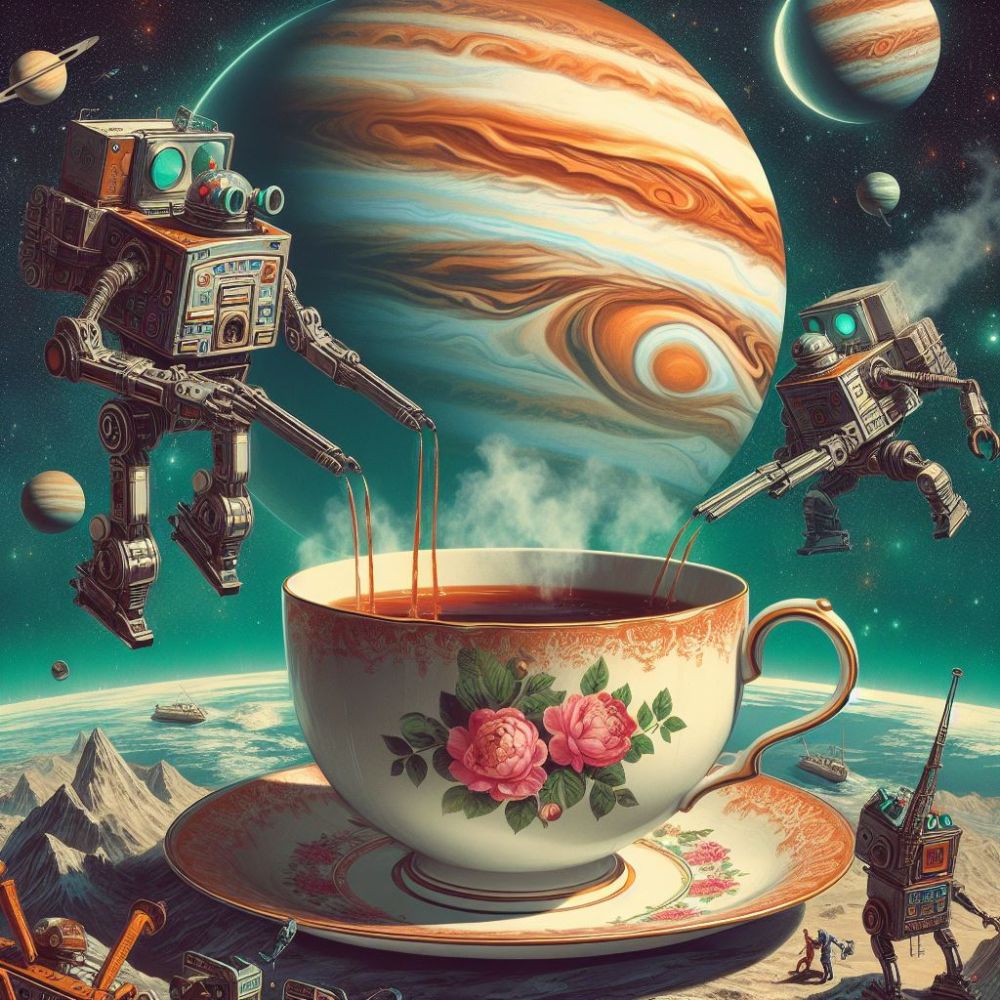Brownian motion: Difference between revisions
Amwelladmin (talk | contribs) No edit summary |
Amwelladmin (talk | contribs) No edit summary Tags: Mobile edit Mobile web edit |
||
| Line 22: | Line 22: | ||
But this kind of interdependence reinforces normal behaviour. When “non-autonomous” events interact with each the interactions are also random, and tend to cancel each other out. | But this kind of interdependence reinforces normal behaviour. When “non-autonomous” events interact with each the interactions are also random, and tend to cancel each other out. | ||
''Inter''dependent events — at least those propelled by ''autonomous'' actors ''don’t'' always cancel each other out. Autonomous agents can anticipate and avoid collisions (what this happening at King’s | ''Inter''dependent events — at least those propelled by ''autonomous'' actors ''don’t'' always cancel each other out. Autonomous agents can anticipate and avoid collisions (what this happening at King’s Cross Station at rush hour). They can turn and run in the same direction as oncoming traffic. Tea molecules can’t jump out of the tea-cup at the same time. Participants in a securities market can and, from time to time, do. | ||
{{Sa}} | {{Sa}} | ||
Revision as of 14:37, 12 February 2024
|
The design of organisations and products
|
Brownian motion
/ˈbraʊniən ˈməʊʃᵊn/ (n.)
The random movement of suspended particles resulting from their repeated collisions with each other.
The principle of generating small amounts of finite improbability by simply hooking the logic circuits of a Sub-Meson Brain to an atomic vector plotter suspended in a strong Brownian motion producer (say a nice hot cup of tea) were well understood.
It is said, by the Guide, that such generators were often used to break the ice at parties by making all the molecules in the hostess’s undergarments leap simultaneously one foot to the left, in accordance with the theory of indeterminacy.
Many respectable physicists said that they weren’t going to stand for this, partly because it was a debasement of science, but mostly because they didn’t get invited to those sorts of parties.
You will hear it said that the surface of the proverbial “nice hot cup of tea” tends to stillness only through the awesome force of entropy. The particles ricocheting this way and that in the liquid, colliding chaotically, and you only do not notice them because of the vast improbability that enough particles all happen move the same way at once.
The state of a system is “ordered” when only a few arrangements could produce that state. It is in a state of chaos when many arrangements could produce the same state. The larger systems get the more ways there are for them be chaotic so, if left alone, systems tend to disorder. That is, entropy.
In this sense, entropy is just a statement of basic probability: the larger the number of particles there are, the more scope there is for chaos.
The constantly rearranging molecules in the cup are cycling between indistinguishable, but different, arrangements of the entropic state. If this is a function of statistics then it must remain logically possible for the molecules in your cup to spontaneously adopt an “ordered” state: just vanishingly unlikely. It is a “twenty-five sigma” event: you could wait trillions and trillions of times the life of the universe and never see it happen once. But it could happen.
Actually, it couldn’t happen.
We compare our tea molecules with truly “independent” events — rolled dice and flipped coins — to which, at the same level of probability, those things could happen.[1] But molecules in a suspension are not entirely independent. They collide with each other. A spontaneous lurch of all particles in one direction at once is not just unlikely, but, thanks to Newton’s third law, impossible. Molecule movements are propelled by collisions. A collision that sends one molecule one way must have an equal and opposite effect on the other. This is the conservation of momentum. If, overall, the tea is inert, then its innate Brownian motion will not change that. If it did, you would notice it. For every molecule to go left at once defies the laws of physics. Hence the emergent stability of a a stationary cup of tea.
But this kind of interdependence reinforces normal behaviour. When “non-autonomous” events interact with each the interactions are also random, and tend to cancel each other out.
Interdependent events — at least those propelled by autonomous actors don’t always cancel each other out. Autonomous agents can anticipate and avoid collisions (what this happening at King’s Cross Station at rush hour). They can turn and run in the same direction as oncoming traffic. Tea molecules can’t jump out of the tea-cup at the same time. Participants in a securities market can and, from time to time, do.
See also
References
- ↑ Though as the probability drops, the possibility that the dice are loaded rises. If you did rolled 10,000,000 sixes in a row well, yes: you could be that special guy. Or there is something wrong with the die?
